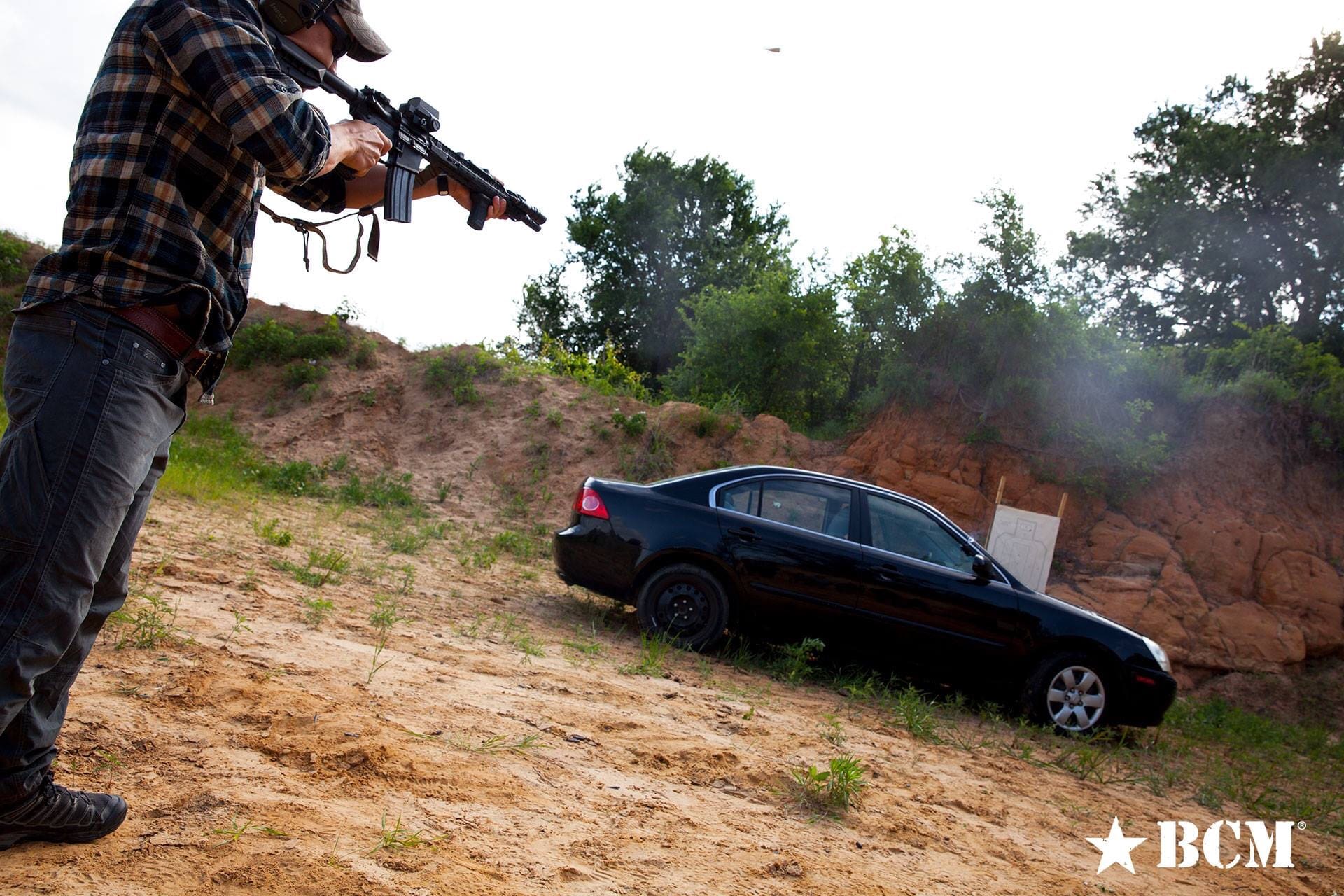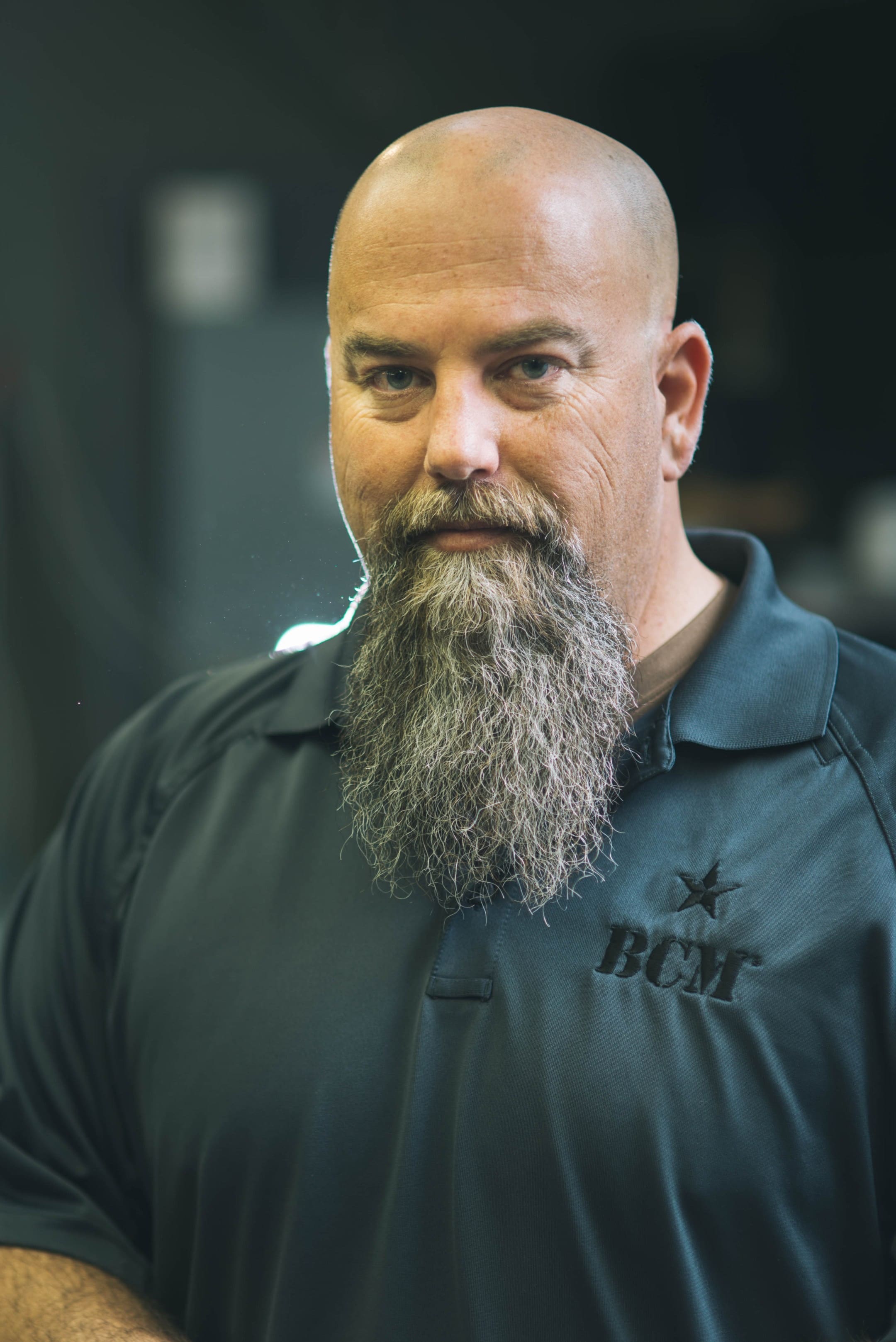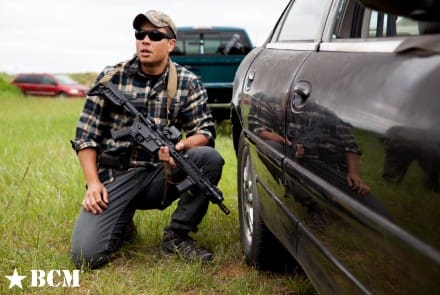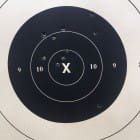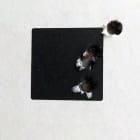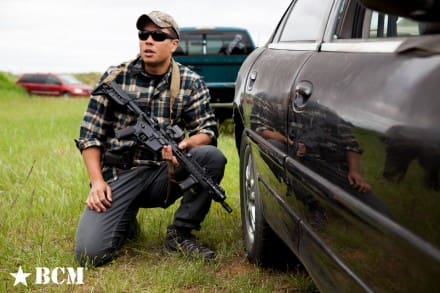In today’s post, we are going to dive into the discussion of physical readiness. The purpose of this article is not to describe which physical training program Northern Red thinks is the best; it’s to discuss the importance of keeping our bodies physically prepared. We will examine why it’s imperative to maintain a high level of physical readiness in order to succeed.
Why is it important to maintain a high level of physical readiness? We are going to break this down into two categories: Job performance and cultural aspects. If you carry a gun for a living, you have many additional duties you need to perform other than shooting. Many of these require physical exertion. Running, climbing, combatives, etc.…. If you fail to maintain a state of physical readiness you are setting yourself, your partner/team, and those you’ve sworn to protect up for failure. Being physically fit is, unarguably, crucial for optimal performance.
It’s very difficult to make good decisions or shoot well when your heart rate is through the roof. It’s impossible to make entry if you do not possess the ability to climb over the wall that separates you from the residence. All of your others skills go right out the window if you cannot physically make it to where you need to be. Ineffectiveness comes on rapidly in those who do not train properly. Your body must be acclimated to physical stress in order to conduct the tasks you are required to perform.
From a cultural perspective, physical readiness is a gateway into every combat arms SOF unit. From Ranger School, to SFAS (Special Forces Assessment and Selection), and BUDS, they all have must pass physical fitness requirements just to begin the course. This is the initial thinning process, which continues as these courses progress. The ideology behind it is if you cannot show up physically ready to go, then you do not deserve to even try out. Everyone of Northern Red’s instructors have worked in places where you give everything you’ve got just to be average. That’s one aspect of the culture, and everyone is held accountable. It was not uncommon for us to show up for work in the morning and have a PT test without warning. Whether that be running an Obstacle course, a ruck march, or some grueling event your TL came up with the night prior. You had to be ready for Performance on Demand. No warm up, no re-test. What you brought that day is all you have, and no one cared about what you did last week. This is the environment and culture that kept people from becoming complacent. Everyone on the Northern Red team keeps themselves in shape, and none of us are on Active Duty anymore. Why? We keep a high level of physical readiness because we know that we could still be called upon to perform on demand, and we refuse to allow laziness and complacency to keep us from succeeding.
There are many other positive effects that fitness provides. We can say we don’t judge people based on our initial assessment of them, but in reality, humans are extremely judgmental. The first thing most people notice in others is physical appearance. If you take care of yourself, bad people are less likely to do bad things to you. Physical readiness shows that you have a high level of self-respect, which leads to many other sought after traits. There is also indisputable evidence of the positive mental effects of staying fit. The old saying of “sound body, sound mind” may not always be accurate, but for the most part, this adage is more true than not. From first impressions, to self-confidence, performance, and stress reduction, consistent physical training has too many valuable attributes to neglect.
With all of our combined experiences, we’ve probably done every fitness program invented. It’s very hard, if not impossible to be incredibly good at everything at the same time. If all you do is power lift, then you probably are not running or conducting High Intensity Training. We believe that you must be well rounded in regards to physical fitness. You need to be able to run up 10 flights of stairs with kit on and the next minute you need to be strong enough to casualty carry your buddy back down. Think about a Strong Safety on an NFL team. He’s fast enough to cover people and he’s strong enough to take on blocks from lineman. He is quick, agile, and highly explosive. That, is a complete physical specimen. There are plenty of excellent, well thought out programs that will advance your overall physical capabilities. Our suggestion is that you ask yourselves two questions when deciding on a program: 1. Is this functional and applicable to my job and its requirements? 2. Am I willing to commit to doing it? If your answer to question 1 is no, then find another one that better suits your needs. We cannot provide any insight if you answer no to question 2. That’s an individual issue that must be figured out from within.
What could the consequences be for failing to maintain a high level of fitness? We could give examples and “what if’s” for another five pages. We will provide one and the rest is left for you to decide. Your buddy is shot and needs to be moved to a position of cover to receive medical treatment. You get to him, but you do not possess the strength to pick him up and carry him. You’re weak, winded, and have made the conscious decision to blow off PT for God knows how long. He succumbs to his wounds. Now picture yourself watching his grieving wife being handed a folded flag. Let that sink in for a minute.
Gunfighter Moment is a feature brought to you by Bravo Company USA. Bravo Company is home of the Gunfighters, and they bring us a different trainer to offer some words of wisdom.


